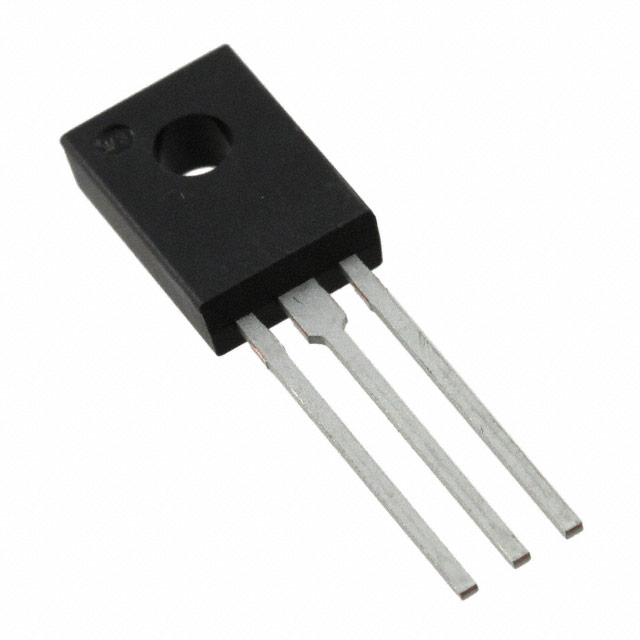ensyksl
Newbie
Hi everyone,
I'm trying to control a 24V DC fan motor using an IRF540N MOSFET and an STM32 microcontroller. I've built a basic circuit, with the STM32 output pin (3.3V) triggering the N-channel MOSFET. However, I'm failed and would appreciate your assistance.

I'm trying to control a 24V DC fan motor using an IRF540N MOSFET and an STM32 microcontroller. I've built a basic circuit, with the STM32 output pin (3.3V) triggering the N-channel MOSFET. However, I'm failed and would appreciate your assistance.
